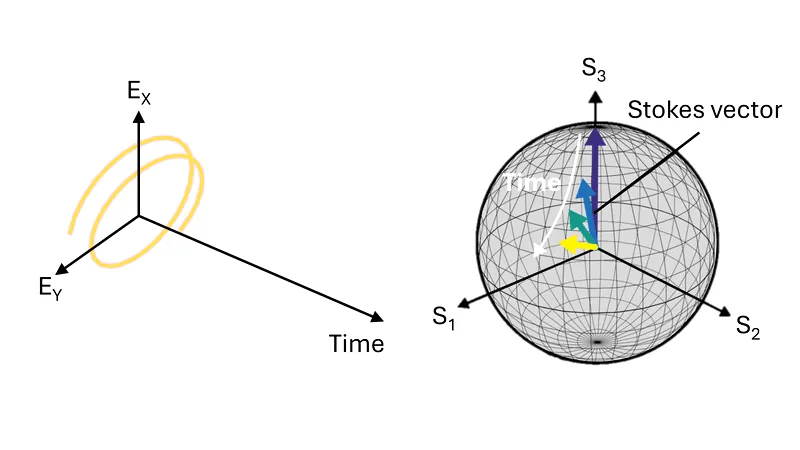
Revolutionary New Programming Language Unveils Hidden Environmental Pollutants
2025-05-20
Author: Jacob
A Breakthrough in Environmental Science
Biologists and chemists are celebrating the launch of an innovative programming language designed to instantly reveal previously undetected environmental pollutants – and the best part? You don’t need to be a coding expert to use it!
What Is MassQL?
Enter Mass Query Language, or MassQL, developed at UC Riverside. Think of it as a powerful search engine that navigates through vast amounts of mass spectrometry data, making it easier for scientists to unearth patterns that might otherwise go unnoticed.
Unlocking Chemical Fingerprints
Mass spectrometry data serves as a chemical fingerprint, showcasing the molecules present in various samples such as water, air, and blood. This technique is crucial for identifying everything from harmful pollutants to potential new medications.
Efficiency Without Expertise
Mingxun Wang, an assistant professor of computer science at UCR, created MassQL with a specific goal in mind: to empower biologists and chemists without demanding extensive programming knowledge. "We wanted to give them the ability to mine their data how they want, without the steep learning curve of coding," Wang stated.
Real-World Impact
The language has already proven its worth in real-world applications. Nina Zhao, a postdoctoral student at UC San Diego, utilized MassQL to analyze global mass spectrometry water sample data in search of organophosphate esters—common in flame retardants.
Sifting Through Billions of Measurements
"With over a billion molecular measurements, manual analysis is impossible," Wang explained. "MassQL acts like a filter, allowing us to extract thousands of relevant chemicals, including previously unknown organophosphates and their breakdown products."
Health Risks Uncovered
These pollutants present significant dangers to human and animal health, causing hormonal disruptions and cardiovascular issues. Understanding their presence is essential for devising effective environmental remediation strategies.
A Collaborative Development
Creating MassQL wasn’t a solo endeavor; it required consensus among approximately 70 scientists from various fields, ensuring that the language was accessible and effective for both chemists and computational scientists.
Diverse Applications Await
The potential uses for MassQL are far-reaching. Beyond detecting pollutants, it can aid in identifying fatty acids linked to alcohol poisoning, exploring new solutions to antibiotic resistance, and even locating elusive "forever chemicals" in playgrounds.
A Language for The Future
Wang’s vision was clear: to develop a universal language capable of addressing myriad scientific queries efficiently. "I’m excited to see the discoveries that will emerge from this innovative tool," he concluded.
Conclusion: A New Era in Data Analysis
With MassQL at scientists' fingertips, the future of environmental monitoring and chemical detection is brighter than ever. This groundbreaking tool not only simplifies data analysis but also promises to unveil hidden pollutants that threaten our health and ecosystems.









 Brasil (PT)
Brasil (PT)
 Canada (EN)
Canada (EN)
 Chile (ES)
Chile (ES)
 Česko (CS)
Česko (CS)
 대한민국 (KO)
대한민국 (KO)
 España (ES)
España (ES)
 France (FR)
France (FR)
 Hong Kong (EN)
Hong Kong (EN)
 Italia (IT)
Italia (IT)
 日本 (JA)
日本 (JA)
 Magyarország (HU)
Magyarország (HU)
 Norge (NO)
Norge (NO)
 Polska (PL)
Polska (PL)
 Schweiz (DE)
Schweiz (DE)
 Singapore (EN)
Singapore (EN)
 Sverige (SV)
Sverige (SV)
 Suomi (FI)
Suomi (FI)
 Türkiye (TR)
Türkiye (TR)
 الإمارات العربية المتحدة (AR)
الإمارات العربية المتحدة (AR)